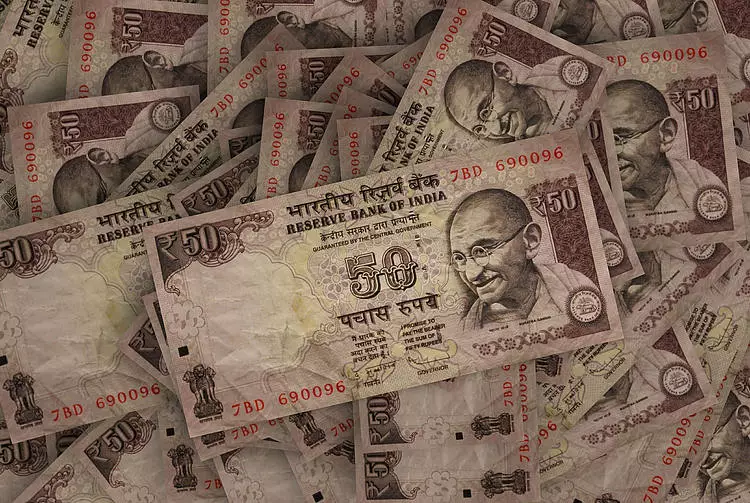The Indian Rupee (INR) is encountering notable selling pressure amidst a confluence of global economic factors that are reshaping the currency landscape. As the Indian Rupee has recently appreciated to its strongest level in over two weeks, current market dynamics suggest that the short-lived relief may be waning, primarily due to increasing demand for the US Dollar (USD). Unpacking the underlying causes of this pressure reveals insightful implications for the INR’s future trajectory and bolsters our understanding of global economic interdependence.
The Impact of US Economic Policies
A significant contributor to the recent fluctuations in INR is the policy approach of the Trump administration, especially concerning tariffs. The promise of new tariffs has invigorated the demand for the USD, leading to an increased valuation at the expense of other currencies, including the INR. In a globalized world, such actions can have a domino effect, impacting currency markets far beyond the immediate US borders.
Strong economic indicators, including robust job growth and GDP expansion, continue to bolster expectations around the USD. This has not only attracted domestic investors but also international capital seeking stability amid geopolitical tensions—factors that the Indian economy must navigate carefully.
The ongoing conflict between Russia and Ukraine further complicates the currency dynamics, creating a ripple effect of uncertainty in global markets. Investors typically favor stable currencies during times of instability, which has resulted in a flight to the USD. Thus, the INR is feeling the brunt of these heightened geopolitical tensions, underscoring the vulnerability of emerging markets in the face of global uncertainties.
Moreover, comments made by Federal Reserve officials regarding possible interest rate adjustments only amplify this uncertainty. Federal Reserve President Austan Goolsbee’s remarks suggest a cautious approach to monetary policy, which has implications for the INR’s valuation as traders recalibrate their expectations surrounding interest rate movements.
Adding yet another layer of complexity to the INR’s performance is the notable inflow anticipated from MSCI’s equity index rebalancing. Estimated passive inflows of approximately $2.5 billion signify that while foreign investment can provide temporary support for the INR, they must be contextualized against the backdrop of declining bond yields and lower crude oil prices, which tend to bolster the rupee.
Despite these somewhat favorable conditions, expectations around the Federal Reserve’s forthcoming policies have caused traders to become more conservative. A decrease in expected interest rate cuts from 69.5% to 55.9% reflects a cautious sentiment that weighs heavily on the Indian currency’s performance.
Technical Analysis and Future Outlook
From a technical standpoint, the USD/INR pair is maintaining a bullish outlook above the critical 100-day Exponential Moving Average (EMA), despite a recent breakdown from an ascending trend channel. The Relative Strength Index (RSI) hovering near 54.60 indicates a potential for buyers to leverage current conditions—but not without challenges.
A potential resistance level around 84.52, representing the upper boundary of the trend channel, emerges as a significant hurdle. A break above this psychological threshold could lead to further appreciation towards the 85.00 mark. Conversely, support levels around the 84.00-83.90 range provide a cushion for the INR against further depreciation, reflecting a critical balance between bullish and bearish pressures in the market.
The journey of the Indian Rupee reflects the intertwinements of domestic economic sentiments and global market dynamics. As geopolitical tensions continue to escalate alongside fluctuating investment sentiments and shifting economic policies from the US, the future performance of the INR remains uncertain. Investors and policymakers alike must navigate these complexities with keen awareness, adapting strategies to suit the evolving landscape and safeguarding against volatility in a challenging economic climate.

